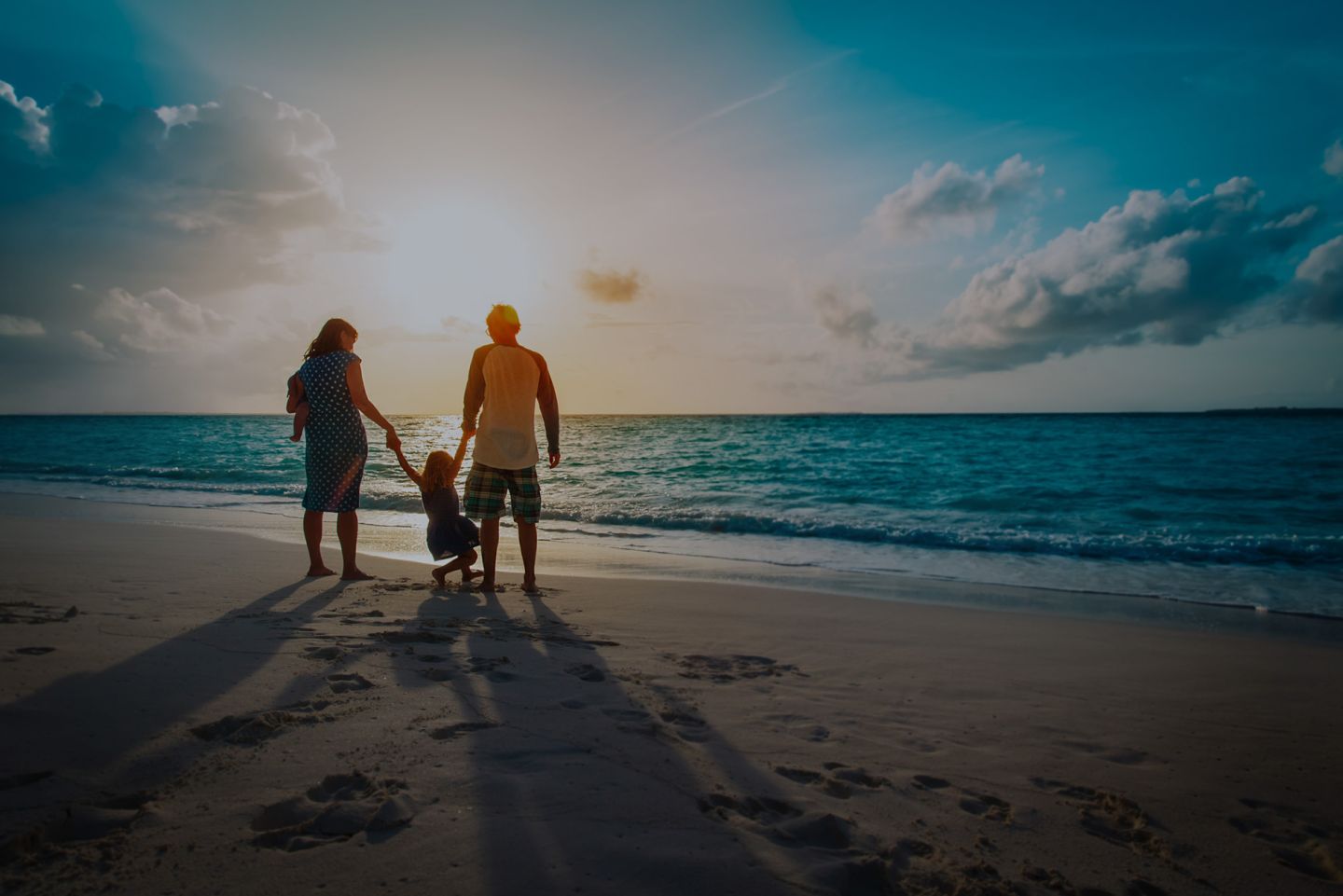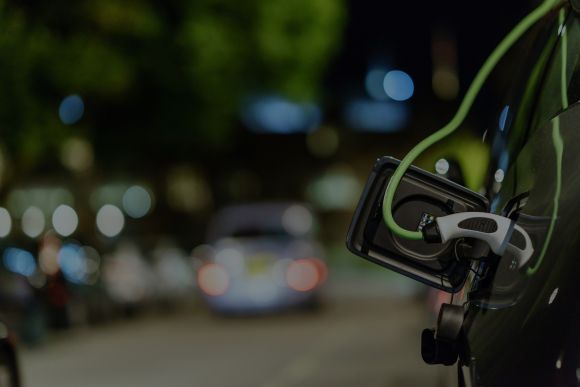The summer is heating up, communities are opening, people are ready to travel, and they are headed to the beach. All across the East Coast, the West Coast, and the Gulf of Mexico, Americans are sticking their toes in the sand and soaking up the sun.
But how far are they traveling to do so? And what does this mean for DMOs and CVBs?
To investigate how a few of the country’s popular beaches are recovering from the pandemic tourism slump, Buxton used our Mobilytics tool to study visitor trends at beaches in Ocean City, Maryland; Destin, Florida; Huntington Beach, California; and Seaside, Oregon. The following analyses looked at mobile GPS data for the beaches only—not the surrounding hotels, shops, restaurants, piers, or other buildings.
Let’s take a look at each of these four destinations.
Ocean City, Maryland
Located just a few hours outside the nation’s capital, the barrier island beach in Ocean City, Maryland, stretches 10 miles along the Atlantic and draws crowds from around the country.
The bulk of the tourists come from throughout the Mid-Atlantic region with only 13% from within 40 miles of the city. Looking closer, it’s easier to see where visitors are most commonly coming from.
So, even though the first map shows travelers from Texas, Arkansas, and even Idaho, 70% of the beach’s visitors come from much closer.
With 18% of Ocean City’s beach goers coming from Baltimore, and 17.5% coming from Washington D.C., these two areas bring in the most tourists. Salisbury, Maryland, comes in next with 13.5% of visitors; then Philadelphia with 11.9%; and Harrisburg, Pennsylvania, with 9.4%. Ocean City’s DMO should focus its marketing efforts on these markets, which total just over 70% of the beach’s visitors.
Destin, Florida
Next, we looked at the beaches in Destin, Florida, specifically Henderson Beach State Park. Once a small fishing town, Destin’s white-sand beaches have made it a popular vacation destination.
Unlike Ocean City, Destin appears to draw visitors from all over the central and eastern parts of the country. About 22% of visitors came from within 40 miles of the beach, but when it comes to determining the top DMAs, the travelers are little more spread out.
The largest market visiting Destin is Mobile, Alabama, with 21.4% of tourists originating from the city. However, the next largest market is Atlanta, with 5.5% of visitors; then Dallas-Fort Worth with 3.7%; then Nashville, Tennessee, with 3.7%. This breakdown shows that people truly are traveling from all over the region, which makes it hard to narrow down marketing efforts to a single DMA. Because of this, Destin should focus on the Southeast region.
Huntington Beach, California
We hopped over to the Pacific Ocean for our third beach—Huntington State Beach in Huntington Beach, California. Also known as Surf City USA, Huntington Beach sees nearly 300 days of sunshine per year, making it a great beach escape.
While it looks like this beach draws people from all over the country, a whopping 66% of visitors came from within 40 miles. The heatmap below shows this better.
A total of 76.2% of Huntington State Beach’s visitors come from the Los Angeles area. The next largest DMA, Phoenix, was the starting point of 2.7% of visitors. Visit Huntington Beach should direct their marketing efforts closer to home and focus on LA.
Seaside, Oregon
Finally, we looked at Seaside Beach in Seaside, Oregon. With whales, seals, eagles, sea life of all kinds, and plenty of hiking and biking trails, Seaside is a nature-lover’s dream.
Unlike the other three beaches, the one in Seaside appears to draw crowds more local to the Pacific Northwest. Even so, only 17% of visitors came from within 40 miles.
The heatmap reveals a visitor origin hotspot in Portland, Oregon, which is outside of the 40-mile range. In fact, of all of Seaside Beach’s visitors, 62.3% come from Portland and 13.3% come from the Seattle-Tacoma area. Since these two DMAs make up the majority of visitors to Seaside, these are the areas that the City of Seaside Visitors Bureau should focus their marketing on.
Tourism Traffic Trends: Visitor Volumes Not Fully Recovered
While tourism is beginning its rebound, it’s important to note that Destin was the only beach to exceed foot traffic levels from 2019. This goes to show that while, yes, visitors are returning, recovery is a long road and there’s still a lot of work to do.
The Bottom Line
Defining who is visiting your community and where they are coming from is an important step in optimizing your tourism marketing efforts. As travelers prepare to take long postponed vacations, proactively marketing to them can help your destination capture consumers’ attention and a larger share of wallet.
Interested in conducting your own visitor studies like the ones we’ve highlighted here? Check out our Mobilytics application to learn how easy it is to get started.


